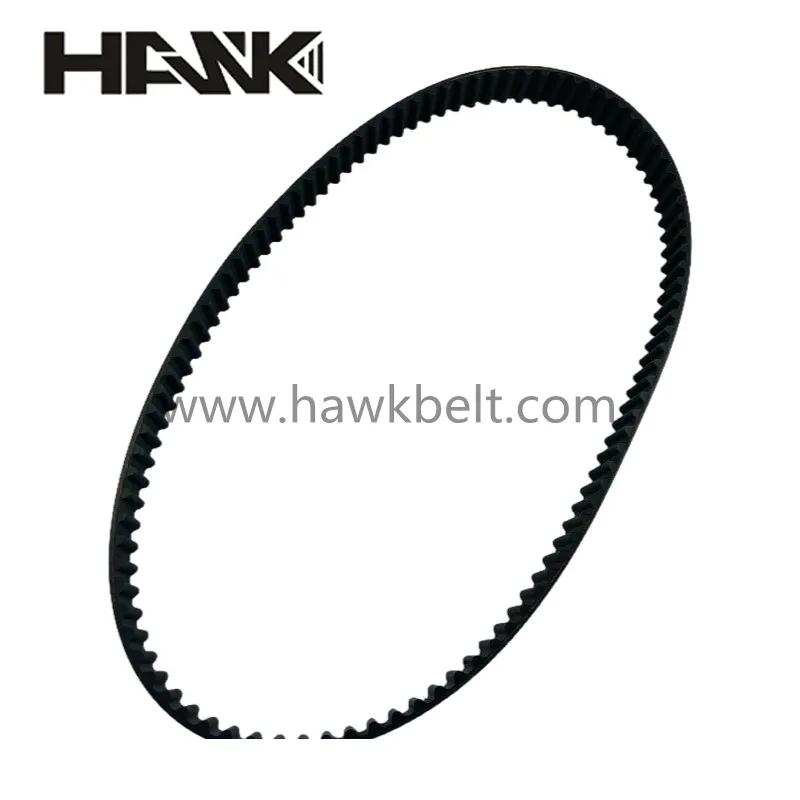- Arabic
- French
- Russian
- Spanish
- Portuguese
- Turkish
- Armenian
- English
- Albanian
- Amharic
- Azerbaijani
- Basque
- Belarusian
- Bengali
- Bosnian
- Bulgarian
- Catalan
- Cebuano
- Corsican
- Croatian
- Czech
- Danish
- Dutch
- Afrikaans
- Esperanto
- Estonian
- Finnish
- Frisian
- Galician
- Georgian
- German
- Greek
- Gujarati
- Haitian Creole
- hausa
- hawaiian
- Hebrew
- Hindi
- Miao
- Hungarian
- Icelandic
- igbo
- Indonesian
- irish
- Italian
- Japanese
- Javanese
- Kannada
- kazakh
- Khmer
- Rwandese
- Korean
- Kurdish
- Kyrgyz
- Lao
- Latin
- Latvian
- Lithuanian
- Luxembourgish
- Macedonian
- Malgashi
- Malay
- Malayalam
- Maltese
- Maori
- Marathi
- Mongolian
- Myanmar
- Nepali
- Norwegian
- Norwegian
- Occitan
- Pashto
- Persian
- Polish
- Punjabi
- Romanian
- Samoan
- Scottish Gaelic
- Serbian
- Sesotho
- Shona
- Sindhi
- Sinhala
- Slovak
- Slovenian
- Somali
- Sundanese
- Swahili
- Swedish
- Tagalog
- Tajik
- Tamil
- Tatar
- Telugu
- Thai
- Turkmen
- Ukrainian
- Urdu
- Uighur
- Uzbek
- Vietnamese
- Welsh
- Bantu
- Yiddish
- Yoruba
- Zulu
Aug . 01, 2024 02:16 Back to list
Understanding the Importance of Automotive V Ribbed Belts for Optimal Engine Performance and Efficiency
Understanding Automotive V Ribbed Belts Essential Components for Vehicle Performance
Automotive V ribbed belts, also known as serpentine belts, are critical components in modern vehicles, playing a pivotal role in the engine’s functionality. These belts are primarily responsible for transferring power from the crankshaft to various engine accessories such as the alternator, power steering pump, water pump, and air conditioning compressor. Understanding their design, operation, and maintenance is crucial for vehicle owners and mechanics alike.
Design and Construction
The V ribbed belt is characterized by its unique design. Unlike traditional flat belts, the ribbed surface allows for increased surface contact with the pulleys, improving grip and efficiency. This design minimizes slippage, ensuring that power is transmitted effectively even under varying loads. Typically made from high-quality rubber or thermoplastic materials, these belts are engineered to withstand extreme temperatures and conditions, making them durable and reliable.
The ribs on the belt provide additional flexibility, allowing it to bend around pulleys of different sizes without losing efficiency. The width and pitch of the ribs can vary depending on the specific application. Most vehicles utilize a single serpentine belt to drive multiple accessories, streamlining the engine layout and reducing the number of belts needed in the system.
Functionality in Automotive Systems
The primary function of the automotive V ribbed belt is to ensure smooth operation of the engine’s auxiliary systems. By connecting the crankshaft to various components, the belt converts mechanical power from the engine into usable energy for accessories. This power transfer is vital for the operation of critical systems such as
automotive v ribbed belt

1. Alternator The alternator generates electrical power to recharge the battery and power electrical systems when the engine is running. 2. Power Steering Pump This component aids in steering control, making it easier for the driver to maneuver the vehicle. 3. Water Pump Essential for engine cooling, the water pump circulates coolant through the engine and radiator to maintain optimal operating temperatures. 4. Air Conditioning Compressor This component powers the vehicle’s air conditioning system, providing comfort during warm weather.
A properly functioning V ribbed belt is essential not only for efficiency but also for the longevity of the vehicle’s engine and its accessories.
Maintenance and Replacement
Regular maintenance checks on the V ribbed belt are crucial for ensuring the overall health of a vehicle. Over time, exposure to heat, dirt, and engine fluids can cause deterioration, leading to cracks, fraying, or glazing of the belt surface. Signs of wear include unusual noises from the engine compartment, visible wear on the belt, or the warning light regarding serpentine belt issues.
Most automotive experts recommend inspecting the belt every 60,000 to 100,000 miles, though this can vary depending on the make and model of the vehicle. Replacing the belt before it fails can prevent more severe damage to the engine and its components, saving both time and money in the long run.
Conclusion
Automotive V ribbed belts are essential components that facilitate the efficient operation of various engine accessories. Their unique design allows for effective power transfer, contributing significantly to the vehicle's overall performance. Regular maintenance and timely replacement are key to ensuring these belts function optimally, enhancing vehicle reliability and longevity. By understanding the vital role that V ribbed belts play, vehicle owners can better appreciate the intricate workings of their cars and take proactive steps to maintain them.
-
Korean Auto Parts Timing Belt 24312-37500 For Hyundai/Kia
NewsMar.07,2025
-
7PK2300 90916-T2024 RIBBED BELT POLY V BELT PK BELT
NewsMar.07,2025
-
Chinese Auto Belt Factory 310-2M-22 For BMW/Mercedes-Benz
NewsMar.07,2025
-
Chinese Auto Belt Factory 310-2M-22 For BMW/Mercedes-Benz
NewsMar.07,2025
-
90916-02660 PK Belt 6PK1680 For Toyota
NewsMar.07,2025
-
drive belt serpentine belt
NewsMar.07,2025

